
Key Baby Milestones For The First 12 Months
15 min read | 9 December 2024
7 min read | 06 January 2025
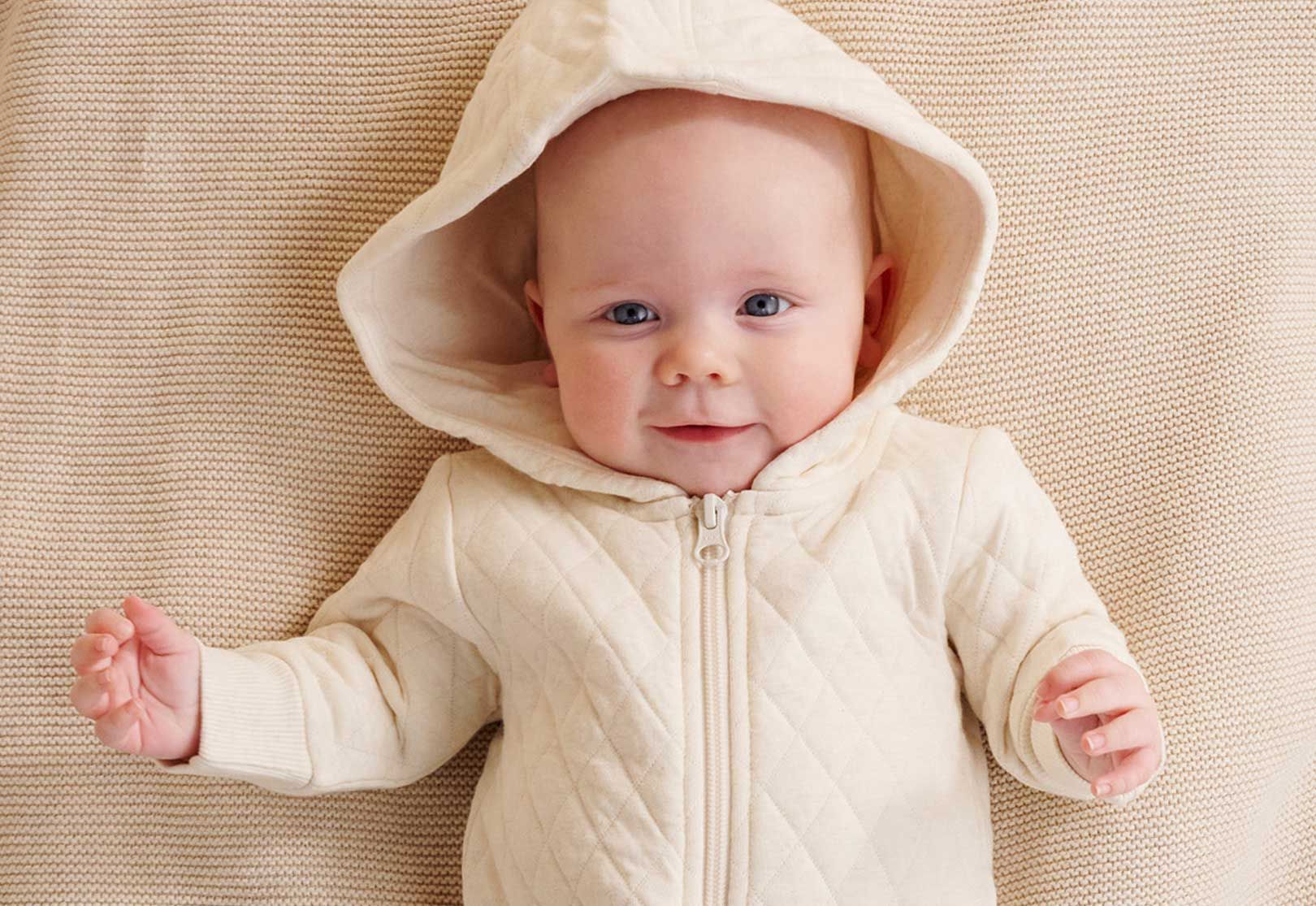
Watching your baby grow and reach each new milestone can be one of the most exciting parts of parenthood. Growth chards are an essential tool to help track your baby's progress during their first year, giving you an idea of how they are developing physically compared to the standard growth rates.
In this guide, we'll walk you through everything you need to know about growth charts, what to track, how to read them, and when to size up your little one's wardrobe. We're here to help you enjoy the journey and celebrate each new milestone along the way.
It's important to remember that every baby grows at their own pace. Some might experience rapid spurts, while others develop more steadily. Growth charts provide a general picture of how your baby compares with other children of the same age. These charts track things like your baby's weight, height, and head circumference - plotted on a chart to follow their unique growth curve over time.
It's important to measure your baby's weight regularly to track their growth rate and ensure they're gaining weight steadily. Most babies lose a little weight shortly after birth but quickly regain it within the first couple of weeks. Your health provider can help you monitor this carefully to ensure they stay on track.
Height (usually referred to as length in newborns) shows how much your baby is growing vertically. It will be measured at every health check to track changes over time and see where your child falls on the growth chart.
Measuring your baby's head circumference is a quick and easy way to keep an eye on their brain growth. When it's tracked regularly on a growth chart, it helps show if everything's on track or if there's anything that might need a closer look.
Understanding growth charts might feel a little overwhelming at first, but it's pretty straightforward once you get the hang of it. Here's how to read your baby's growth chart step-by-step:
Identify the chart for your baby's age and gender.
Babies are measured on specific growth charts based on whether they are boys or girls.
Find your baby's age.
Look along the bottom axis (x-axis) to find your child's age in weeks or months
Locate the measurement.
Find the measurement (weight, height, or head circumference) on the side axis (y-axis).
Plot the point.
Mark where the two measurements intersect on the chart.
Follow the percentile line.
This will tell you the percentile your baby falls under - whether they're in the 50th percentile (average) or somewhere above or below.
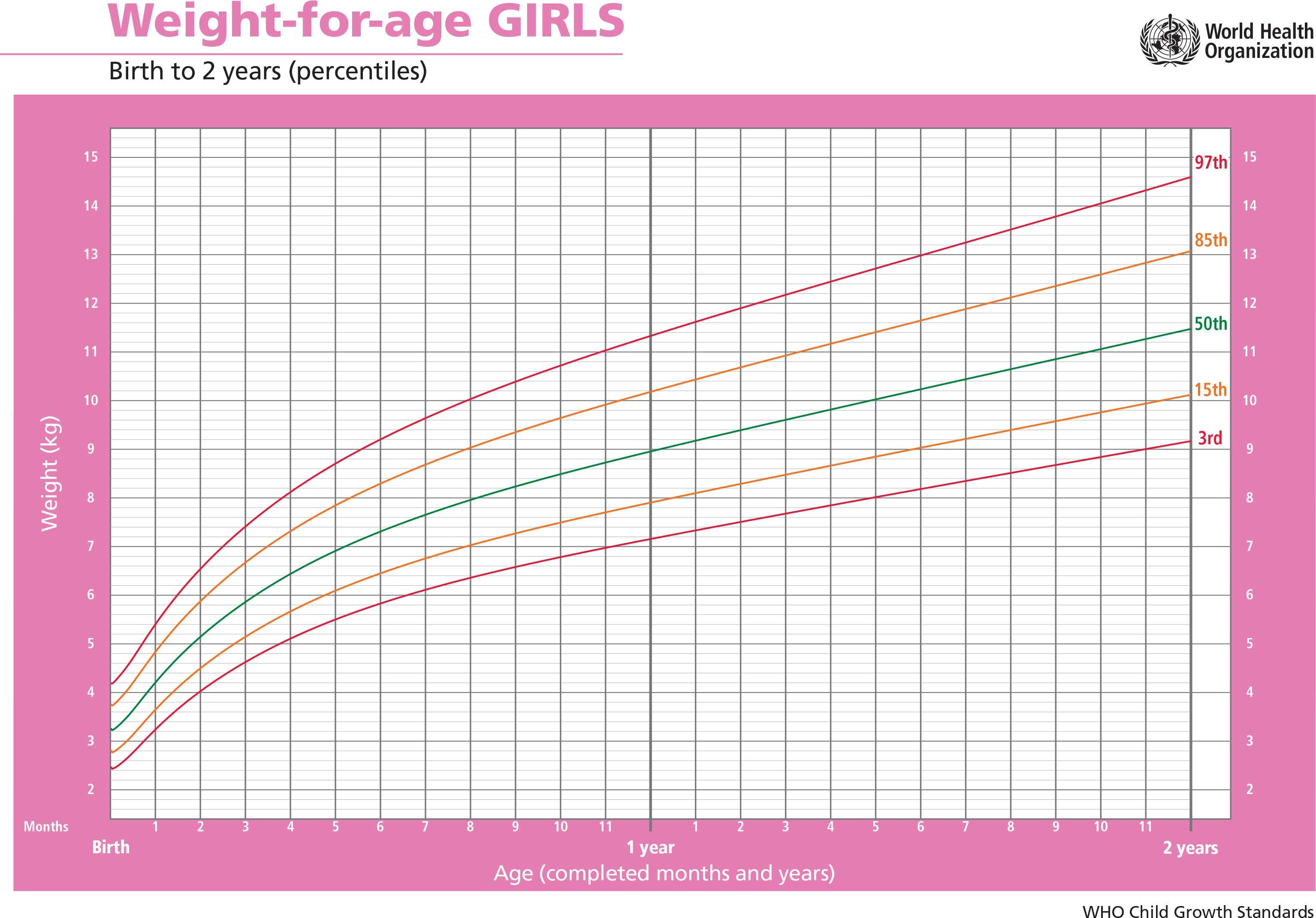
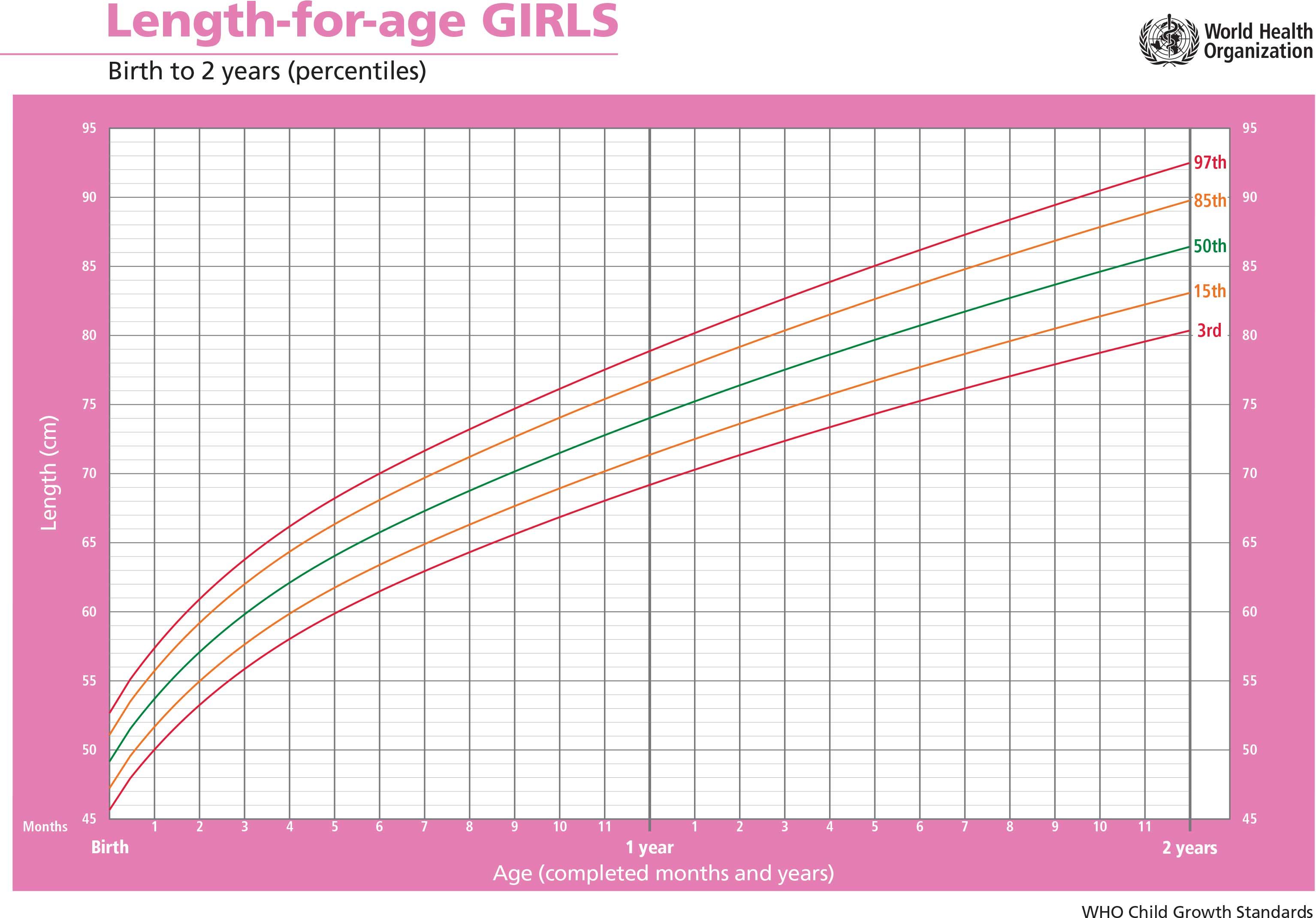
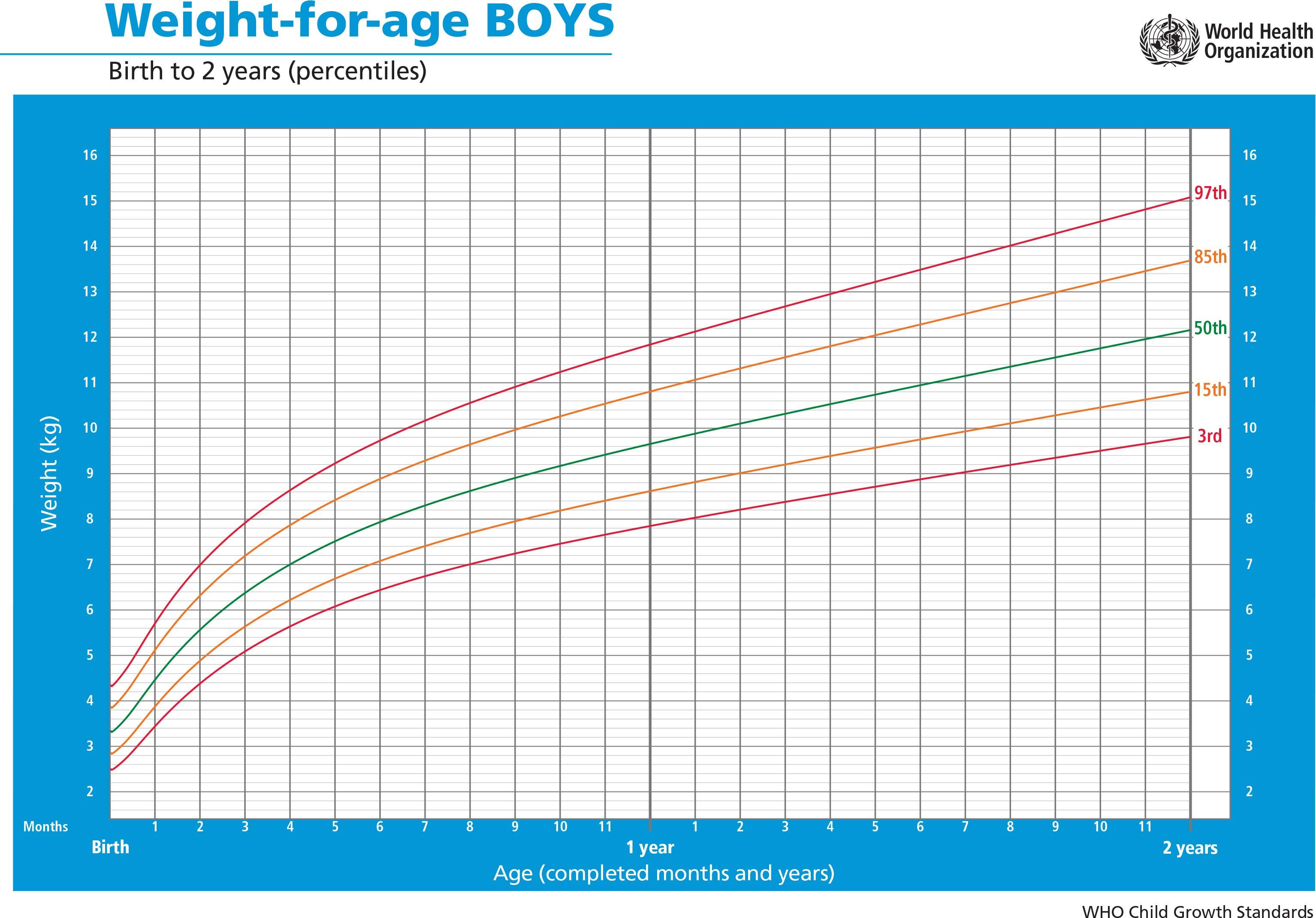
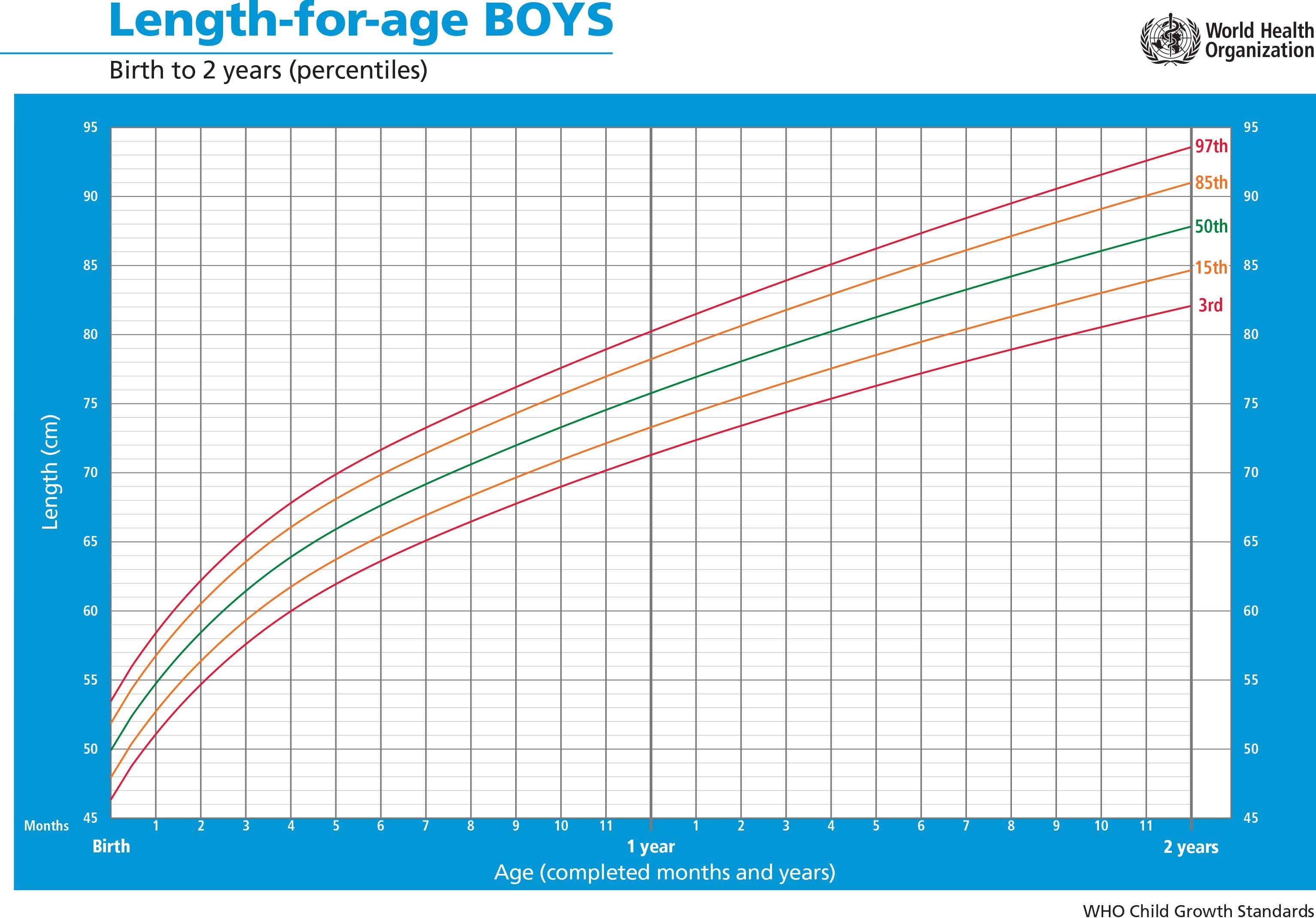
Chart Sources: https://www.rch.org.au/childgrowth/about_child_growth/Growth_charts/
It's perfectly normal for your baby to move up or down on the percentile chart, especially during growth spurts or plateaus. Babies develop at different rates, and as long as your child's growth follows a steady trend over time, there's usually no need to worry.
The important thing to keep an eye on is whether your baby's measurements suddenly drop off the expected growth curve or stop increasing all together. If you're concerned, talk to your health professional who can check your baby for other signs of health, such as nutrition, behaviour and developmental progress.
You might want to speak to your baby's healthcare provider if:
Your baby's weight gain is consistently low or has stopped.
Their height or head circumference isn't increasing at a typical rate.
They're not hitting other developmental milestones (like sitting up or crawling).
They're falling off the growth curve or showing large percentile shifts.
Remember: It's always okay to ask questions if you're worried about your baby's growth. Your baby's healthcare provider is there to help guide you every step of the way.
It's normal for your baby to experience growth spurts - quick bursts of growth - followed by slower periods or plateaus. These growth spurts are most common around 2-3 weeks, 6 weeks, and 3-6 months. During these times, your baby might seem hungrier or fussier than usual - it's all part of their development.
While growth charts track your baby's physical development, milestones are more about what your baby can do - like rolling over, smiling or saying their first word. Some babies might hit developmental milestones a little earlier or later than others, and that's totally normal!
Babies grow fast during their first year, which means you may need to size up their clothes regularly. Here are a few signs it might be time to upgrade.
Sleeves or pants are getting too short.
Snaps on bodysuit won't stay fastened.
Your baby seems uncomfortable or restricted.
Most parents find themselves moving through sizes every couple of months, especially during growth spurts. Stock up on essentials like bodysuits, onesies and soft leggings so you're always prepared.
Check out our baby essentials collection to find high-quality basics that will keep your little one comfy through every stage. And don't forget to explore our summer collection to keep your baby cool and stylish in the warmer months!
Sign up to Pure Love Rewards and get $10 off your first online order, earn points every time you shop and more!